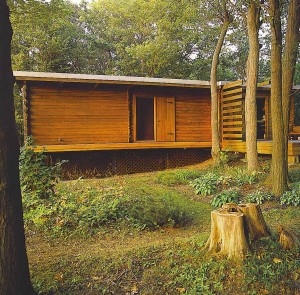In a filmed interview, Denise Scott Brown observed that learning to design was similar to learning how to ride a bicycle—you got on, fell off, got back on, and by the end of the day you were riding. The implication is that design—like bicycle riding—can be learned, but it cannot be taught. Allan Greenberg made much the same point to me in a recent conversation. If law was taught like architecture, he said, law students would spend all their time in moot court, but moot court actually plays a very small role in a legal education. Many accomplished architects did not attend an architecture school—Edwin Lutyens, Peter Behrens, Henry van de Velde, Le Corbusier, Mies van der Rohe. Architects like Eero Saarinen and Louis Kahn were taught a Beaux-Arts method of design, but worked in the modern style. When I graduated all my first commissions were houses, but we never designed a house in school, only mass housing, so I was on my own. What I did learn in school were techniques: how to sketch, how to draw, how to build, how to calculate structures, which all served me well. In school, we were chastised for copying; in my first commission I adapted a Le Corbusier plan to my problem and produced an excellent solution (still happily standing after more than 43 years). A decade later, postmodernism was in the air. I admired Charles Moore, although no one had ever taught me anything about his approach to architecture, so I had to learn on the job, the way architects have always done.


